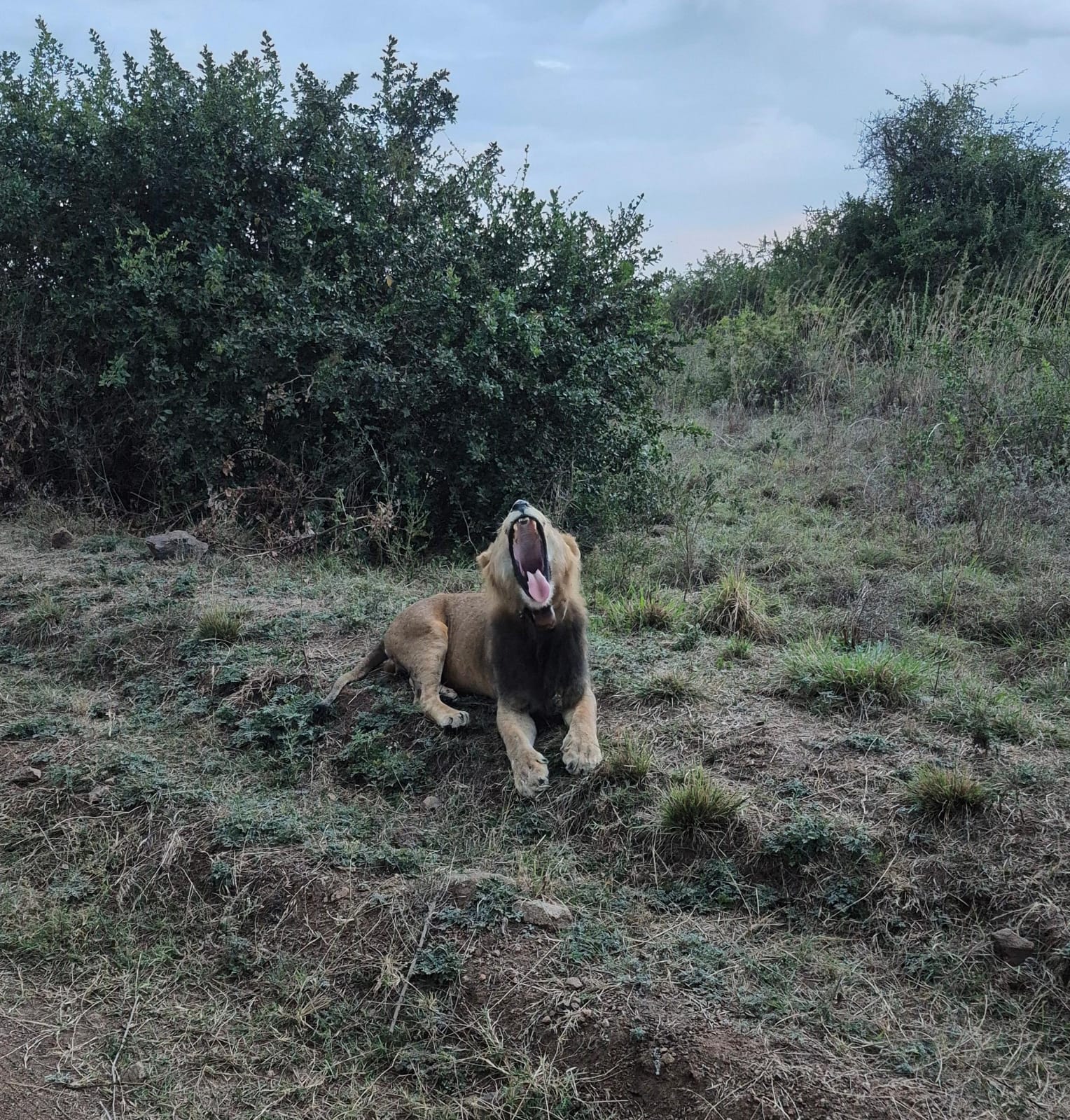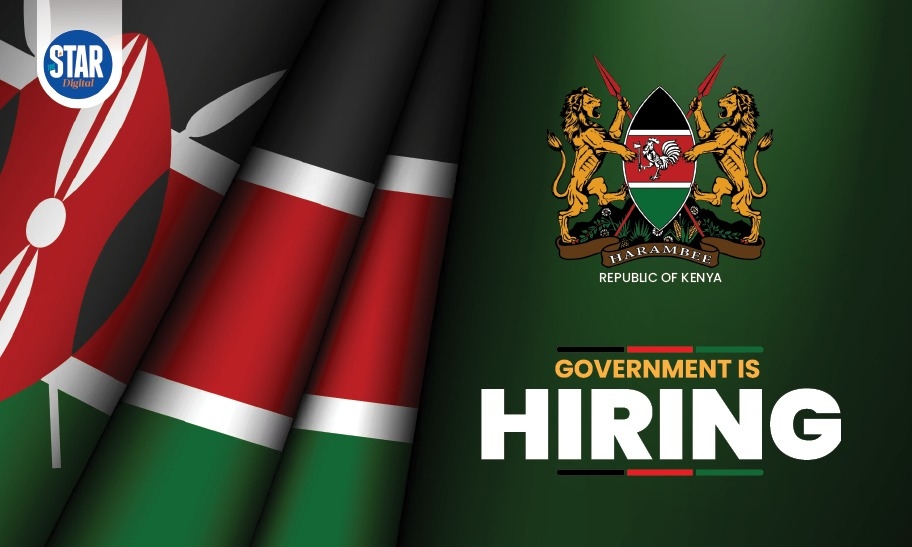Carnivores—animals that feed on meat—play a vital role in maintaining ecological balance. Yet, they continue to face growing challenges, including habitat loss, human encroachment, infrastructure development and dwindling community goodwill along wildlife areas.
 A lion inside Nairobi National Park./ FILE
A lion inside Nairobi National Park./ FILEAs threats facing Africa’s carnivores escalate, experts are
calling for stronger and more practical strategies to promote coexistence
between people and predators.
It is for this reason that scientists, conservationists, policymakers and community representatives convened in Nairobi this week for the 15th Carnivore Conference, from October 30 to 31 at the Kenya Wildlife Service headquarters. The meeting sought to address the urgent need to safeguard Africa’s carnivores amid changing environmental and social conditions.
Principal Secretary for Wildlife Silvia Museiya reaffirmed the government’s commitment to ensuring conservation delivers tangible benefits to both people and wildlife.
“Our carnivores — lions, leopards, cheetahs, wild dogs and hyenas — are not only ecological keystones but also the lifeblood of our tourism industry,” she said. “Our goal is to make Kenya a living laboratory of harmony between people and predators, where coexistence is not just policy but a way of life.”
KWS Board of Trustees chairman Rtd Walter Koipaton urged for stronger leadership and collaboration, saying conservation must “speak the language of the people as much as that of science.”
KWS director general Prof Erustus Kanga highlighted how data and technology — including satellite tracking, community-managed conservancies and predator-proof enclosures — are reducing human–wildlife conflict.
“Where communities benefit directly from wildlife, tolerance for predators increases dramatically,” he said.
The two-day conference underscored Kenya’s resolve to protect its iconic carnivores while promoting community well-being. Participants called for collective action, innovation and cross-border partnerships to ensure the roar of the lion, the laughter of the hyena and the grace of the cheetah continue to define Kenya’s natural heritage for generations to come.
Declining numbers, growing concern
Across Africa, carnivore populations are in steep decline. The continent’s lion population has dropped by 96.5 per cent over the past century — from about a million in 1900 to an estimated 20,000 today. Kenya now has just over 2,000 lions left.
The cheetah population, listed as vulnerable by the International Union for Conservation of Nature (IUCN), has fallen to around 6,600, occupying only 17 per cent of its historic range. Key populations survive in Tsavo, the Mara-Serengeti and Laikipia–Samburu ecosystems, mostly outside protected areas.
Hyenas, despite their resilience, continue to suffer from misconceptions linking them to witchcraft, making them targets of fear and persecution. The IUCN estimates 27,000 to 47,000 spotted hyenas remain across sub-Saharan Africa, with the largest populations in the Serengeti and Kruger ecosystems.
African wild dogs, among the continent’s most endangered carnivores, also face shrinking ranges and conflicts with larger predators like lions and hyenas. Packs roam widely — sometimes over 2,000 square kilometres — and require vast landscapes to survive.
Kenya is implementing the National Recovery and Action Plan for the Lion and Spotted Hyena (2020–2030), which aims to sustain viable populations in healthy ecosystems while minimising conflict and maximising benefits for local communities.
Experts at the conference stressed that conservation success depends on inclusive approaches that empower people who live alongside wildlife. With most predator ranges extending beyond protected areas, conservation on community and private lands will be key to securing the species’ long-term future.
As Kenya works to balance development and biodiversity, the message from Nairobi was clear: coexistence is not just desirable — it is essential for survival.






















